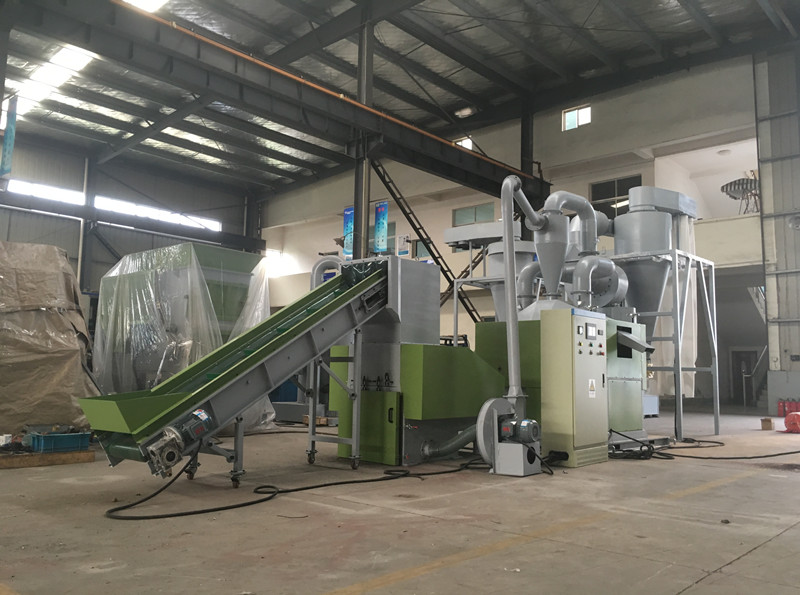Feb. 14, 2025
With the continuous advancement of urbanization, the number of waste wires and cables is increasing. These waste wires and cables not only occupy a large amount of land resources, but also cause serious harm to the environment and human health if they are not handled properly. Therefore, the recycling of waste wires and cables has become an important environmental protection issue. This article will discuss the significance, current situation, treatment methods and future development direction of waste wire and cable recycling.
The significance of recycling waste wires and cables
The recycling of waste wires and cables has many meanings. First, recycling waste wires and cables can reduce the demand for raw materials, thereby reducing production costs. Secondly, waste wires and cables contain a large amount of valuable metals such as copper and aluminum, and recycling can effectively realize the reuse of resources. In addition, waste wires and cables may also contain some rare metals and precious metals. The recycling of these metals is of great significance for protecting resources and promoting the development of circular economy. Finally, recycling waste wires and cables can also reduce pollution to the environment and protect ecological balance.
The current situation of recycling waste wires and cables
At present, the recycling of waste wires and cables has received widespread attention and attention. The governments of many countries and regions have issued relevant laws and regulations, requiring enterprises and individuals to recycle and dispose of waste wires and cables. At the same time, many enterprises have also spontaneously carried out waste wire and cable recycling business, and effectively treated and reused waste wires and cables through scientific methods and technologies.

However, due to the large number, variety and difficulty of waste wires and cables, there are still some problems and difficulties in the recycling process. Among them, the most important problem is how to improve the recycling efficiency and resource utilization rate, how to reduce the processing cost and improve the environmental protection performance.
Treatment methods for waste wires and cables
Scientific methods and technologies are needed to treat waste wires and cables. At present, common treatment methods mainly include mechanical treatment, chemical treatment, etc. The specific treatment method to be selected needs to be comprehensively considered according to the actual situation, including factors such as the type, quantity, value, environmental protection requirements and treatment cost of waste wires and cables.
1 Mechanical treatment
Mechanical treatment is a common method for treating waste wires and cables. This method mainly separates and recycles different components in waste wires and cables through physical means, such as crushing and sorting. Mechanical treatment has the advantages of low cost and high efficiency, but it also has problems such as low resource utilization and limited metal recovery rate.
2 Chemical treatment
Chemical treatment is another common method for treating waste wires and cables. This method mainly extracts metal elements from waste wires and cables through chemical reactions. Chemical treatment has the advantages of high metal recovery rate and low treatment cost, but it also has problems such as high environmental pollution and high consumption of chemical reagents.
Future development direction of waste wire recycling
With the continuous improvement of environmental awareness and the continuous advancement of technology, the future development direction of waste wire and cable recycling will pay more attention to environmental protection and resource recycling. Specifically, the following aspects will become the focus of future development:
1. Explore more efficient recycling and processing technologies: continue to increase scientific and technological research and development efforts, explore more efficient waste wire and cable recycling and processing technologies, and improve resource utilization and metal recovery rates.
2. Develop environmentally friendly treatment methods: focus on environmental performance, develop environmentally friendly waste wire and cable treatment methods, and reduce pollution and damage to the environment.
Previous: Understanding Smt Feeders: Types, Benefits, and Applications Explained
Next: 150g ozone generator
If you are interested in sending in a Guest Blogger Submission,welcome to write for us!
All Comments ( 0 )